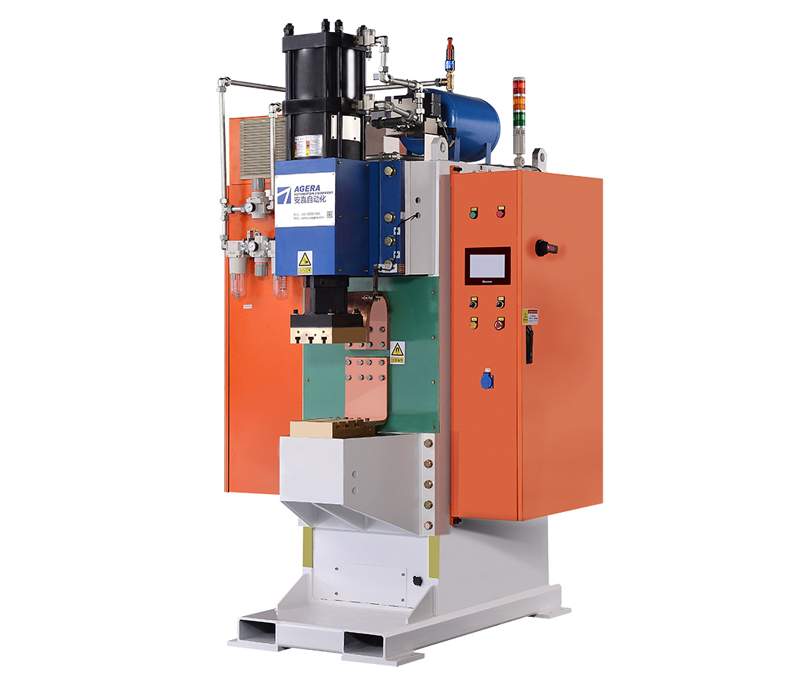Capacitor Discharge (CD) spot welding is a specialized welding technique that offers distinct advantages in metal joining processes. This article explores the three key characteristics that define CD spot welding, highlighting its unique features and benefits.
Key Characteristics of Capacitor Discharge Spot Welding:
- Rapid Welding Process: Capacitor Discharge spot welding is known for its rapid welding process. It involves discharging energy stored in a capacitor through the welding electrodes in a short duration, resulting in a quick and controlled welding cycle. This characteristic is particularly advantageous when dealing with thin materials or when high-speed production is essential.
- Minimal Heat Input: One of the defining features of CD spot welding is its ability to generate minimal heat during the welding process. As the energy release is instantaneous and controlled, the heat affected zone around the weld area is significantly smaller compared to other welding methods. This feature is valuable when working with heat-sensitive materials, preventing distortion and material degradation.
- High-Quality Welds with Reduced Deformation: CD spot welding produces high-quality welds with reduced deformation. The controlled energy release ensures that the fusion process occurs precisely at the intended spot, resulting in consistent weld quality. The minimal heat input also contributes to less distortion in the workpieces, maintaining their original shape and structural integrity.
Advantages of Capacitor Discharge Spot Welding:
- Precision and Consistency: The rapid and controlled nature of CD spot welding ensures consistent weld quality, making it suitable for applications that require precision and uniformity.
- Suitable for Delicate Materials: The low heat input and reduced distortion make CD spot welding suitable for delicate materials such as electronic components or thin sheets.
- Reduced Post-Weld Cleanup: The minimal spatter and heat-affected zone result in clean welds that often require minimal post-weld cleanup, saving time and effort.
- Energy Efficiency: The energy stored in capacitors is released only during the welding process, making CD spot welding energy-efficient compared to other welding methods.
Capacitor Discharge spot welding stands out for its rapid, controlled process, minimal heat input, and ability to produce high-quality welds with reduced deformation. These characteristics make it a preferred choice for applications that require precision, minimal distortion, and clean welds. By understanding and leveraging these unique features, industries can achieve efficient and effective metal joining solutions.
Post time: Aug-10-2023



